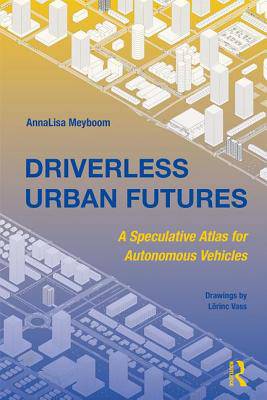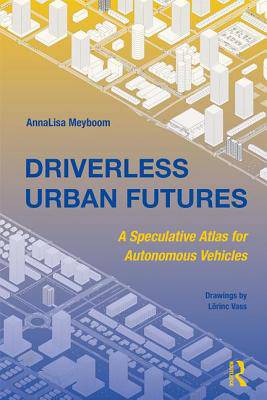
- Retrait gratuit dans votre magasin Club
- 7.000.000 titres dans notre catalogue
- Payer en toute sécurité
- Toujours un magasin près de chez vous
- Retrait gratuit dans votre magasin Club
- 7.000.000 titres dans notre catalogue
- Payer en toute sécurité
- Toujours un magasin près de chez vous
Driverless Urban Futures
A Speculative Atlas for Autonomous Vehicles
Annalisa MeyboomDescription
Since the industrial revolution, innovations in transportation technology have continued to re-shape the spatial organization and temporal occupation of the built environment. Today, autonomous vehicles (AVs, also referred to as self-driving cars) represent the next disruptive innovation in mobility, with particularly profound impacts for cities. At a moment of the fast-paced development of AVs by auto-making companies around the world, policymakers, planners, and designers need to anticipate and address the many questions concerning the impacts of this new technology on urbanism and society at large.
Conceived as a speculative atlas -a roadmap to unknown territories- this book presents a series of drawings and text that unpack the potential impacts of AVs on scales ranging from the metropolis to the street. The work is both grounded in a study of the history of urban transportation and current trajectories of technological innovation, and informed by an open-ended attitude of future envisioning and design. Through the drawings and essays, Driverless Urban Futures invites readers into a debate of how our future infrastructure could benefit all members of the public and levels of society.
Spécifications
Parties prenantes
- Auteur(s) :
- Editeur:
Contenu
- Nombre de pages :
- 308
- Langue:
- Anglais
Caractéristiques
- EAN:
- 9780815354086
- Date de parution :
- 13-12-18
- Format:
- Livre relié
- Format numérique:
- Genaaid
- Dimensions :
- 152 mm x 229 mm
- Poids :
- 452 g







